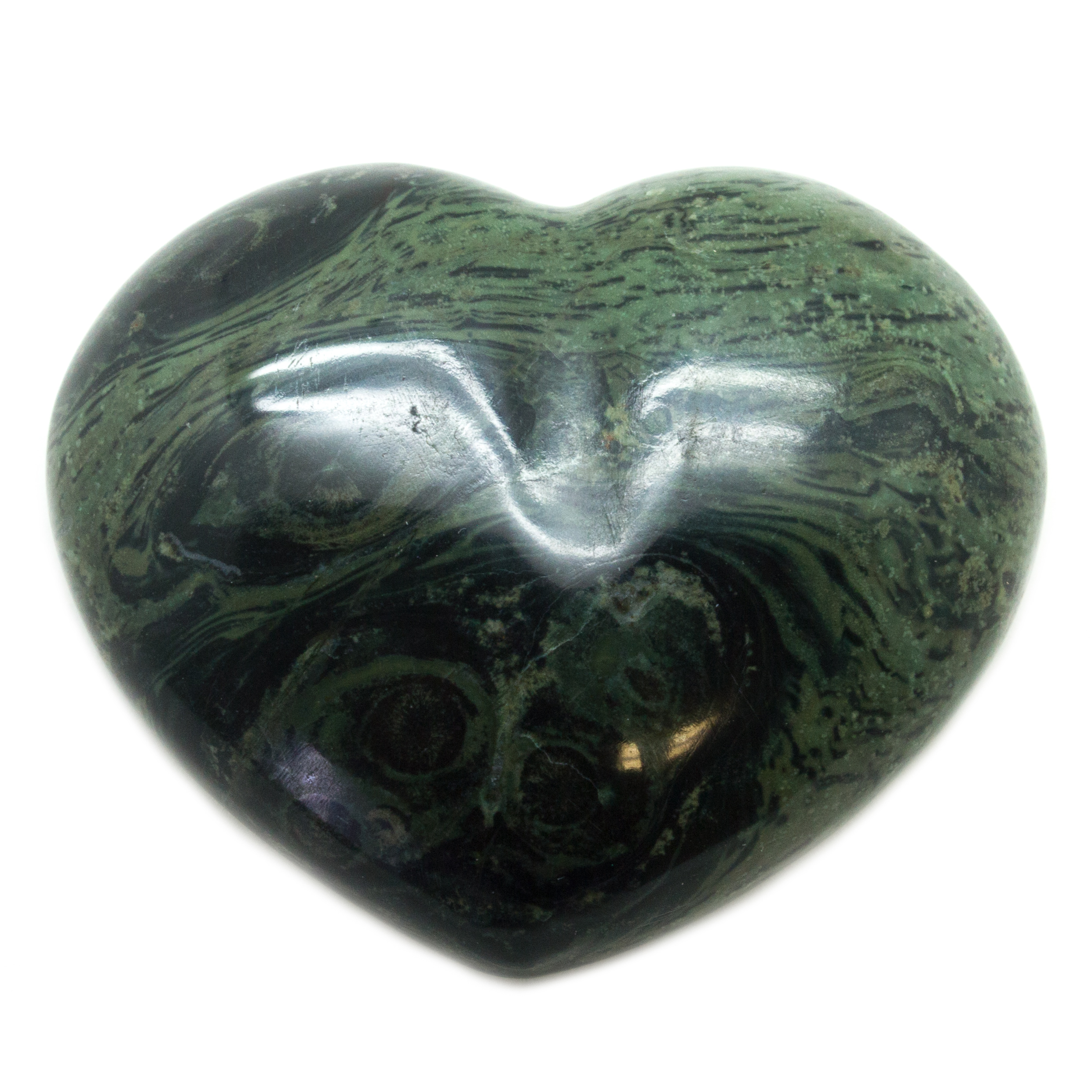

Its energies pulse steadily and abundantly throughout the body from the heart, providing physical, emotional, and spiritual healing. Jade itself has a nurturing heart within its energetic makeup that seeks to heal, replenish, and support.


Its energies flow outwards towards the heart, injecting it with love and balance that can soften any weight one holds within it. The strong energies it carries can be felt almost instantly when touched, especially when held to the heart. Green Jade, the common color associated with Jade, is a powerful healing stone for the heart. When tapped with a hard object (chime) Nephrite will let out a musical tone while Jadeite will not. The best way to distinguish between Nephrite and Jadeite is through a "chime test". The primary source of Jadeite is Burma but it also has localities in Japan, Guatemala, Kazakhstan, Canada, Turkey, Cuba, Russia, South America, and USA. Its first recorded discovery was by conquistadors in Mesoamerica and was brought back to Europe. Although it is most commonly found in green, it can also occur in white, orange, yellow, grey, black, and lavender formations. Jadeite has a less glassy luster than Nephrite appearing more dull and waxy with more vivid colorations. The second mineral known as "Jade" is Jadeite, which is a sodium aluminum silicate with a hardness of 6.5-7. It’s also commonly found in Australia, Russia, China, Taiwan, Canada, Zimbabwe and USA (Alaska and Wyoming). Nephrite is most commonly found in New Zealand within Serpentine deposits and along the edges of water sources. It is most commonly found in shades of pale to dark green and typically contains yellowish hues, but can also display hues of white, grey, brown, and black. Jade is a name used to describe 2 different minerals, the first of which is Nephrite, a calcium magnesium silicate with a hardness of 6. View All Products Science & Origin of Jade


 0 kommentar(er)
0 kommentar(er)
